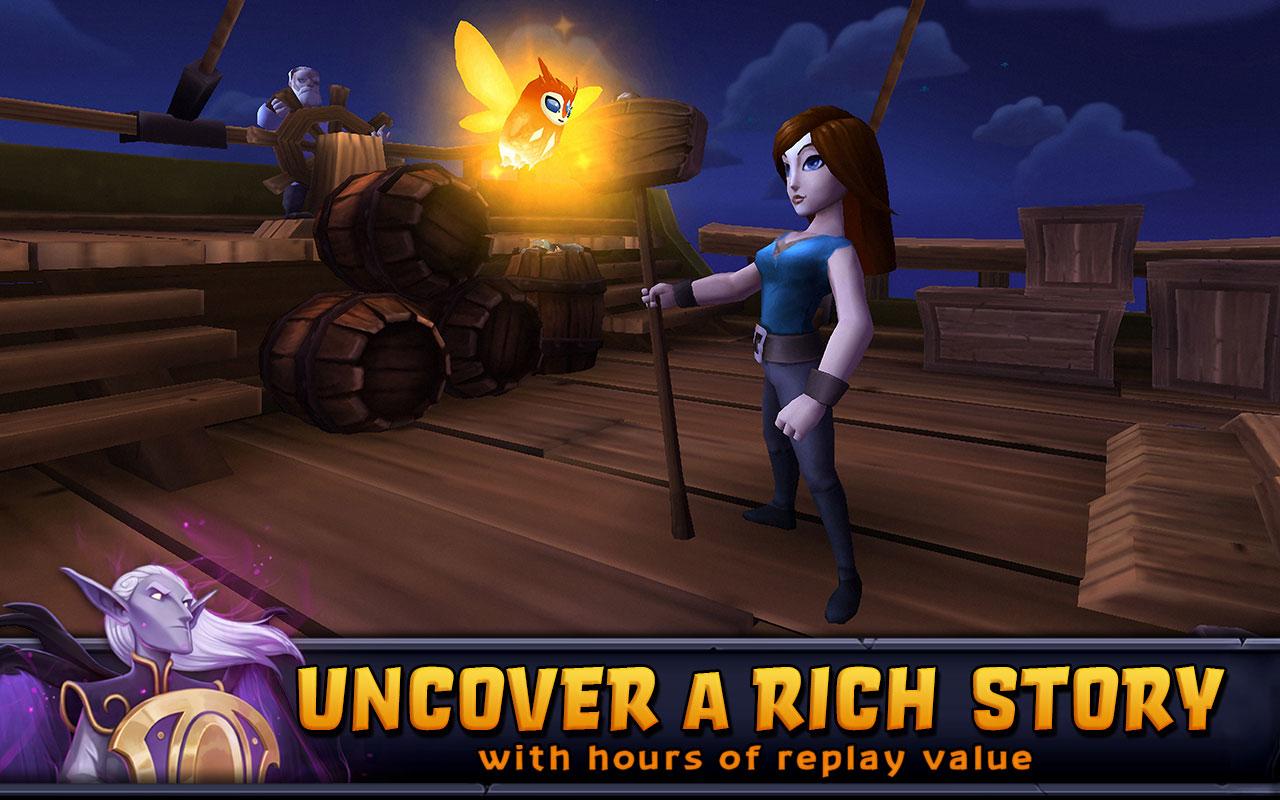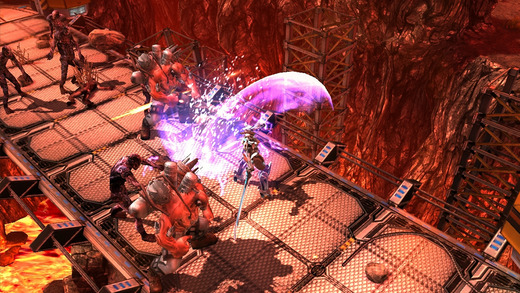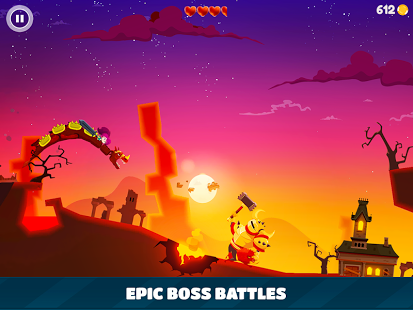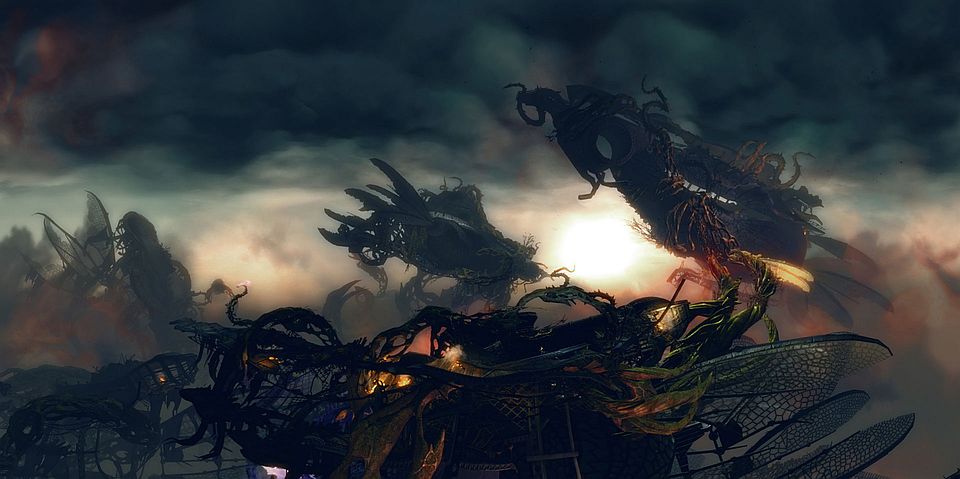Welcome back to Mobile Game Highlights, where we look at the best new mobile game releases for the week. This week has plenty of new titles to offer, so let’s get started!
Spirit Lords (Kabam, free to play, available on iOS and Android {links no longer active})

An in-depth role-playing adventure with a visual presentation that should appeal to all ages, Spirit Lords is the latest free-to-play release from popular mobile publisher Kabam. The game follows a would-be Spirit Lord attempting to keep a city safe following a war between the spirit world and the physical world that ravaged an empire. As one might expect, that’s easier said than done with all the evil forces lurking about.
With a number of team-building skills, deep combat that involves spellcasting and action, and hours worth of quests to complete, Spirit Lords looks like an ideal choice for those seeking their next adventure.
Implosion: Never Lose Hope (Rayark, $9.99, available on iOS {link no longer active})

These days, a number of mobile releases are approaching console-like graphics and sound, showing how much developers have improved on the format over the years. Rayark is no exception with its action-packed Implosion: Never Lose Hope, which features stunning visuals and a full orchestral score conducted by Lord of the Rings trilogy sound engineer John Kurlander. Players take control of a powerful War-Mech battle suit as they take on enemies of all types, using a large arsenal of weaponry to bring them down.
The app is a bit pricey, but those looking for some bang behind their mobile buck would be wise to add Implosion to their library.
Dragon Hills (Cezary Rajkowski, $1.99, available on iOS and Android {links no longer active})

Usually, in storybook fables, the princess needs to be rescued from the vile dragon, with the noble knight doing all the work. This time around, however, the princess has other plans, as she’s teamed up with a dragon in order to get revenge on knights. In this fast-paced action game, players will plow through mysterious worlds as they pursue knights, conquer castles and discover new areas, all while utilizing innovative one-touch gameplay.
Fans of endless runner style games and adventure should definitely take this Dragon for a spin.
Smove (Simple Machine, free-to-play, available on iOS {links no longer active})

Players that are into fast-paced puzzle games should get ready to move with Smove, Simple Machine’s point-collecting game. Players will guide a sphere across a series of ten simple yet challenging levels, avoiding objects while vying for the highest score possible. It sounds easier than it actually is, as practically everything gets thrown their way – forcing them to move, or, in this case, smove.
Though it appears uncomplicated in presentation, Smove actually has a lot to offer – and it doesn’t cost anything to try it out, though players can remove ads for an optional $1.99 fee if they wish.
Driver Speedboat Paradise (Ubisoft, free-to-play, available on iOS and Android {links no longer active})

For years, Ubisoft’s Driver series has been about high-speed escapes on the road and seeking revenge against criminals. However, the publisher has opted for a new direction with the mobile debut for the series, trading in classic sports cars for revved-up speed boats. In Speedboat Paradise, players will navigate treacherous racing events and enter new circuits as they push to become the top racer on the water.
Even with its interesting new approach and its free-to-play game structure (including needing to pay for gas refills in order to continue racing, unless they don’t mind waiting a bit), Speedboat Paradise has enough intense action to please fans of the classic series, as well as bring in new ones.
 Franklin Lyons
Franklin Lyons

 Guitar Hero Live; Photo Credit: Larry Busacca, WireImage for Activision
Guitar Hero Live; Photo Credit: Larry Busacca, WireImage for Activision
 Meelad Sadat
Meelad Sadat
